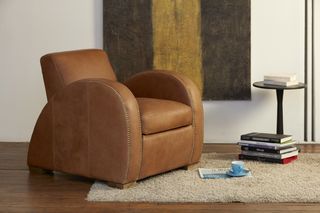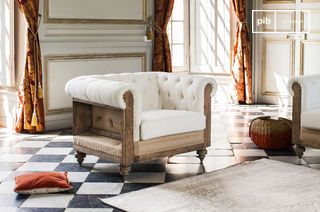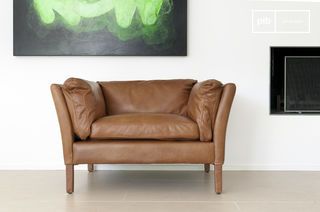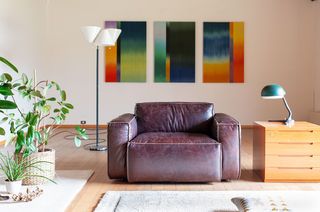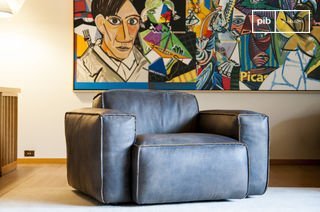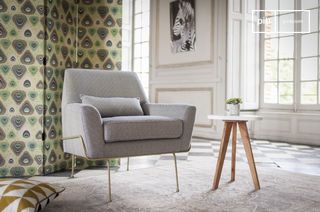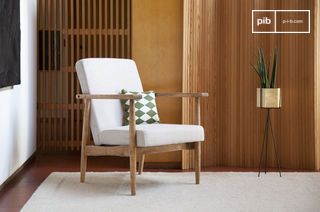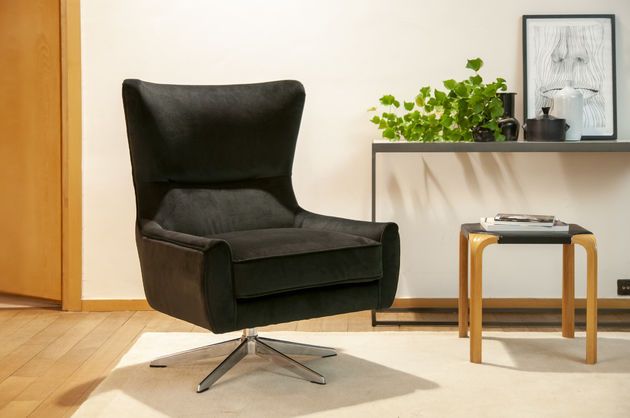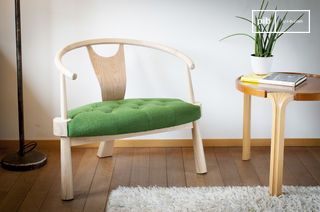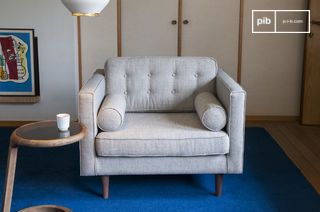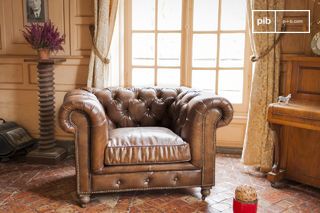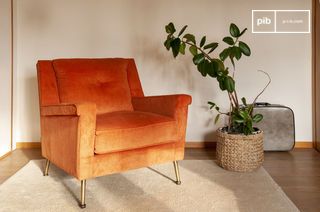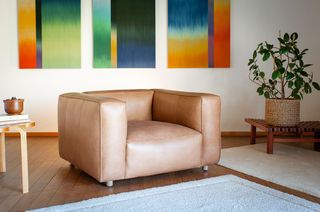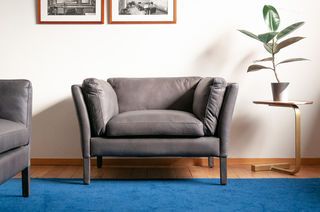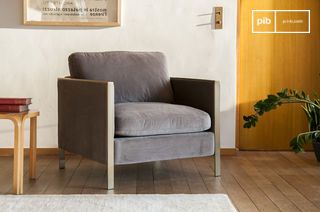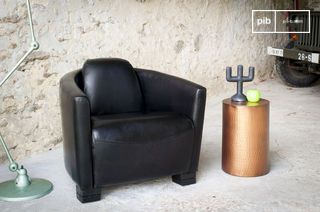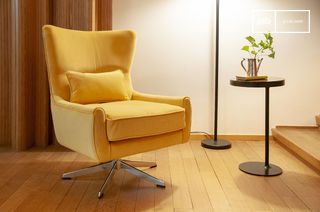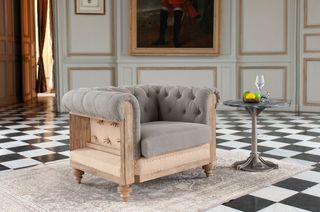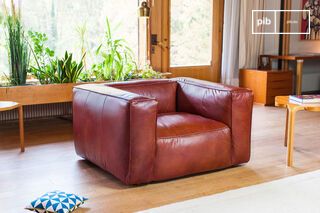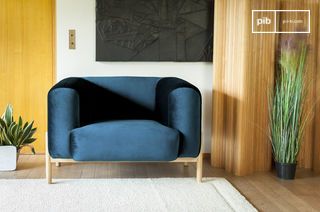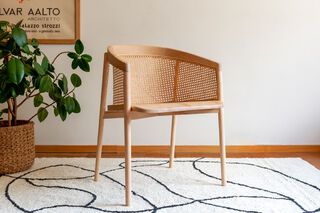Indoor armchairs
Indoor armchairs include fixed or mobile seating for regular domestic use. Compact, wrap-around or modular, they can be integrated into a variety of rooms: living room, bedroom, hallway, office. Each chair offers a posture adapted to its context: reception, reading, transition or extended rest. The indoor seating category brings together a variety of models designed to structure space without overloading the reading of volumes. Their positioning depends on functional constraints and existing materials. read more >
Filters
10 festive days
10% off our tables and consoles
Welcome your guests in style · Limited stock

Indoor armchairs: typologies and functions according to spaces
Indoor armchairs come in several typologies depending on their main use and intended location. Some models are designed for the living room, complementing a sofa or coffee table. Others are designed for transitional spaces: entrance, landing, office area. Their role is both functional, providing occasional or prolonged seating, and spatial, defining, punctuating or balancing an existing layout. The choice therefore depends on the room, the available volume and the rhythm of living.
In a bedroom, an armchair can serve as a secondary seat or a temporary retreat. In a home office, it offers an alternative to the work chair, particularly for reading or break times. Some models are freestanding and insulated, while others blend in seamlessly with the rest of the furniture. Because they are often smaller than sofas, indoor armchairs offer greater layout flexibility, while helping to structure the space.
Materials, shapes and comfort levels
Indoor armchairs use a variety of materials, depending on their use and location. Structures can be made of exposed wood, painted metal, or completely covered in foam and fabric. Coverings range from woven cotton to stretched leather, velvet, wool or technical textiles. Comfort depends on upholstery density, backrest tilt, and the presence or absence of armrests.
The most enveloping models are suited to prolonged use: reading, resting, welcoming. Compact formats are better suited to frequent circulation or confined spaces. Some chairs swivel, others are fixed. Seats can be firm or soft, with or without independent cushions. Seat heights vary according to model, influencing posture: upright and active or relaxed and low.
Visual insertion and layout logic
An indoor chair is not chosen for its shape alone. It must fit into the layout logic of a space, without creating unnecessary breaks. Color, material, backrest height or base design influence its visual perception in the room. It can echo other elements - table, lighting, curtains - or, on the contrary, introduce a deliberate formal variation. Its function remains clear: to welcome, support and punctuate use.
In a symmetrical composition (two armchairs facing a sofa), it creates a structure of exchange. Placed alone in a corner or near a window, it serves as a secondary fixed point. Indoor armchairs are often used to balance a room or fill an under-used area. Its positioning should therefore be considered in advance, in relation to the circulation and daily uses of the room.
In conclusion, indoor armchairs offer a suitable response to a variety of needs, while ensuring seamless integration into domestic spaces. Their selection is based as much on spatial constraints as on the clarity of their function in the overall layout.
In conclusion, indoor armchairs offer an appropriate response to a variety of needs, while ensuring seamless insertion into domestic spaces

